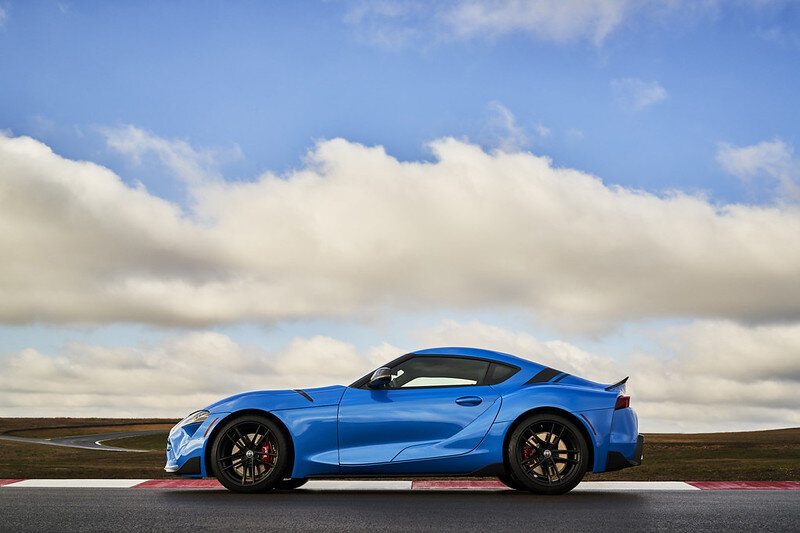Supra finally evens power score with Z4
/The Supra has extra oomph. There’s a good reason why the new output will seem strangely familiar.
WHAT two-seater sports car sold in New Zealand is built by Magna Steyr in Graz, Austria, and runs an in-line six-cylinder petrol engine generating 285kW?
The answer used to be just one car: BMW’s Z4, in M40i trim.
But now it’s two, the other being the Toyota Supra.
The Japanese product has updated – a year after both it and the Z4 introduced – to the same performance tune that the BMW has had from day one.
Confused? Only if you’ve forgotten – and for marketing purposes, it’s not for these respective brands to remind – that these models are twins, in sense they share common platforms, drivetrains and a lot of hidden stuff.
It’s not fair to say just the bodywork stylings are different, because the BMW does offer a plusher experience and more tech (like, it has a higher grade iDrive, for instance) to justify it costing $35,000 more than the Toyota.
But even so, the other major difference has been in the state of tune of the common engine under their bonnets.
While the turbocharged 3.0-litre created the same 500Nm torque in either installation, the BMW had 35 extra kiloWatts.
This showed on timepieces – with 0-100kmh achieved 0.2 seconds ahead of Supra – and was also felt on the road; the Z4 had more edge.
Back at launch, BMW intimated the reason it had a feistier engine was thanks to involvement from M Division, it’s in-house sports department. Yet even then, there was talk that, in time, Toyota would get the same service.
And so it’s come to being. Having started with 250kW, Supra now has 285kW. Same as the Z4. So now it also clocks 0-100kmh in 4.1 seconds. It aslso, according to Toyota, feels friskier and more alert. Sensations this writer picked up on when driving the BM W and Toyota back-to-back months ago.
How’s the gee-up achieved? Early adopters hoping for their cars to enjoy the extra gee-gees will doubtless be saddened, if not annoyed, it’s not the matter of rechipping an engine management computer.
Toyota cites tweaks to the twin-scroll turbocharger, a new exhaust manifold that now sits separate from the cylinder head, a new piston design that reduce compression ratio, and a raft of other mechanical changes.
Beyond the engine changes, the 2021 Supra also gains new under-bonnet aluminium braces which connect the strut towers to the radiator support for improved rigidity. It’s still paired with an eight-speed automatic.
One nice thing: It’s not just the sprint time that’s reduced. So has GR Supra pricing, albeit by $1000. It now starts from $98,990.
Unless, of course, you manage to secure one a limited edition model, identified by being painted in Horizon Blue, and paired with 19-inch matte black wheels. That’s trim still commands the old price.
Just two are being brought in. There’s one here already and it has clocked some kays, being the personal drive car of Toyota New Zealand boss Neeraj Lala.





















